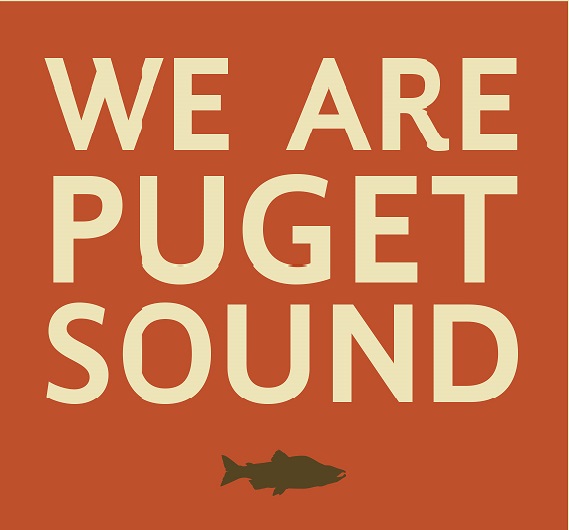People of Puget Sound
Everyone has a role in protecting the Salish Sea is different. Meet some of incredible champions for the Salish Sea and discover where your own passion lies!
Transformative Educator and Biologist
Dr. Kenneth Chew
Ken is a national and international authority on the biology of shellfish and aquaculture (the planting, cultivating, and harvesting of shellfish for commerce). From the beginning, Ken’s approach was to go to shellfish growers and ask, “What is your problem? What do you need investigated?”
Sustainable Shellfish Businesswoman
aHI MARTIN-MCSWEENEY
Taylor Shellfish Farms traces its origins back five generations, to 1890. Ahi applied for the catering job at Taylor Shellfish Farms and got it. As it turned out, the shellfish business became not just a job but also a way of life, and a family.
Sound Champion and Steward
Ralph munro
The Bainbridge Island Review said it with eloquent simplicity in a December 27, 2004, headline: “Orcas have a friend in Munro.” It would be difficult to find an individual who has done more to protect Puget Sound and its biological and cultural diversity than this Bainbridge Island native.
People of the Water
Sally Brownfield
Sally is one of the People of the Water, the Squaxin Island Tribe that has lives on and with the water for thousands of years. Daughter, mother, educator, food gatherer, weather, salmon fisher, oyster schucker, archaeological digger—her story is rich with experiences.
Beach Watcher
Kyle Petersen
15 year-old Kyle Petersen lives on a small farm near Sultan, Washington—forty miles from the nearest saltwater beach. As a trained volunteer for the Beach Watchers, Kyle is doing his part to protect Puget Sound from habitat destruction and damage to sea creatures.
Feeding refugees, protecting the sound
Tahmina Martelly
Through Resiliency Programs for World Relief Seattle, Tahmina has been organizing to depave unused parking lots, turning them into urban gardens for asylees, immigrants, and refugees in Seattle—diverting thousands of gallons of polluted storm runoff in the process.
-
April 2025
- Apr 28, 2025 Puget Sound Day on the Hill, Washington, D.C. Apr 28, 2025
-
November 2024
- Nov 19, 2024 Watch: All Our Relations: Tribute to the Orca Nov 19, 2024
-
April 2022
- Apr 11, 2022 WATCH: Feeding Refugees, Protecting the Sound: Tahmina Martelly Apr 11, 2022
-
March 2022
- Mar 18, 2022 WATCH: Leonard Forsman on Tribal Treaty Rights and Salmon Recovery Mar 18, 2022
-
September 2021
- Sep 7, 2021 Harnessing the Power of Plants to Restore Urban Areas: Andrew Schiffer Sep 7, 2021
-
June 2021
- Jun 2, 2021 Sharing Her Love of Puget Sound: Emma Rodriguez Jun 2, 2021
-
February 2021
- Feb 24, 2021 Leading the Orca Recovery Task Force: Les Purce Feb 24, 2021
-
December 2020
- Dec 4, 2020 Working the Night Tide Dec 4, 2020
-
September 2020
- Sep 17, 2020 Sound Champion and Steward: Ralph Munro Sep 17, 2020
-
August 2020
- Aug 28, 2020 Sustainable Shellfish Businesswoman: Ahi Martin-McSweeney Aug 28, 2020
- Aug 28, 2020 Transformative Educator and Biologist: Dr. Kenneth Chew Aug 28, 2020
-
June 2020
- Jun 26, 2020 Winners of the 2020 Poster Contest! Jun 26, 2020
-
September 2019
- Sep 11, 2019 Going the Extra Mile for the Sound: Kyle Petersen Sep 11, 2019
- Sep 11, 2019 The People of the Water: Sally Brownfield Sep 11, 2019








